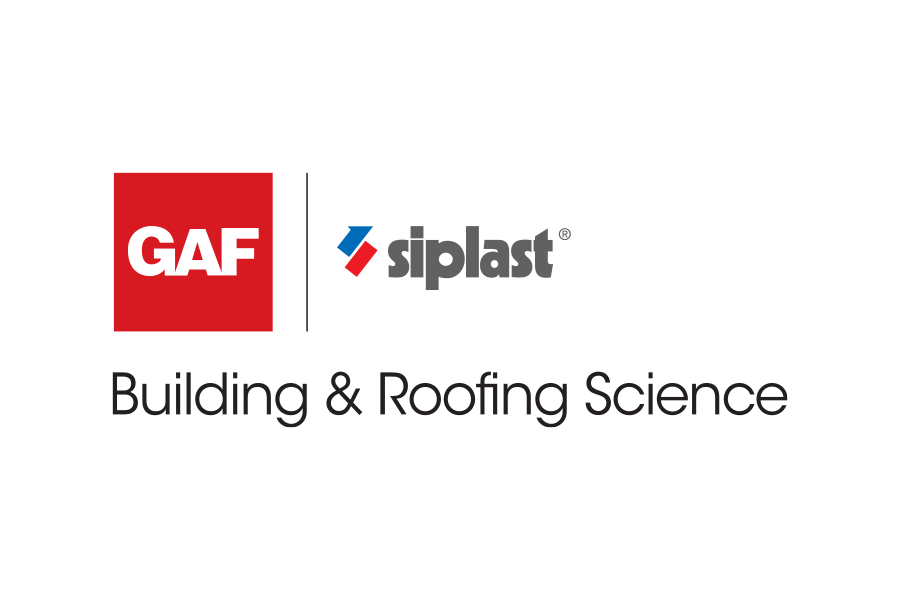
R-Value Optimization for Low-Slope Roofs
Low slope roof assemblies are designed to meet code specified insulation values. However, systems are sometimes built such with a significant reduction in insulation value, through no fault of the contractor. The roof system delivered to the building owner can show up to a 30% reduction in the built insulation value versus the design due to thermal bridging. The talk shows R-value differences due to fastener densities and location within the system. The significant reduction in R-value due to thermal bridging and the dollar cost due to unrealized R-value is shown. The cost is contrasted with costs of fasteners and adhesives for many possible attachment scenarios. The long term energy efficiency and lost R-value costs are shown in terms of the costs/benefits of various roofing assemblies. Finally, other aspects of roof assembly construction, such as the use of vapor retarders, are reviewed from the perspective of R-value optimization.
Sponsored by GAF | Siplast
Low slope roof assemblies are designed to meet code specified insulation values. However, systems are sometimes built such with a significant reduction in insulation value, through no fault of the contractor. The roof system delivered to the building owner can show up to a 30% reduction in the built insulation value versus the design due to thermal bridging. The talk shows R-value differences due to fastener densities and location within the system. The significant reduction in R-value due to thermal bridging and the dollar cost due to unrealized R-value is shown. The cost is contrasted with costs of fasteners and adhesives for many possible attachment scenarios. The long term energy efficiency and lost R-value costs are shown in terms of the costs/benefits of various roofing assemblies. Finally, other aspects of roof assembly construction, such as the use of vapor retarders, are reviewed from the perspective of R-value optimization.
The Building and Roofing Science team offers regional expert building enclosure collaboration through design, specification, and educational support for customers of GAF and Siplast, both Standard Industries companies. GAF is North America’s largest roofing manufacturer with more homes and businesses in the U.S. protected by a GAF roof than any other product. Siplast, a leader in building enclosure systems, offers a portfolio of advanced, high-performance SBS-modified bitumen, PMMA liquid-applied, PVC KEE, lightweight insulating concrete, wall air & water barrier systems, and amenity/vegetated systems.
LEARNING OBJECTIVES
An understanding of the possible reduction in R-value for a range of single ply roof assemblies, due to various fastener densities or patterns. The economic costs associated with reduced R-value in terms of specified insulation R-value versus effective R-value of the installed system. The total system costs for a range of both fully adhered and mechanically attached roofing assemblies, including those that have high density polyiso cover boards. The long term cost versus thermal performance benefits of various attachment methods when material costs are compared to long term energy savings.










